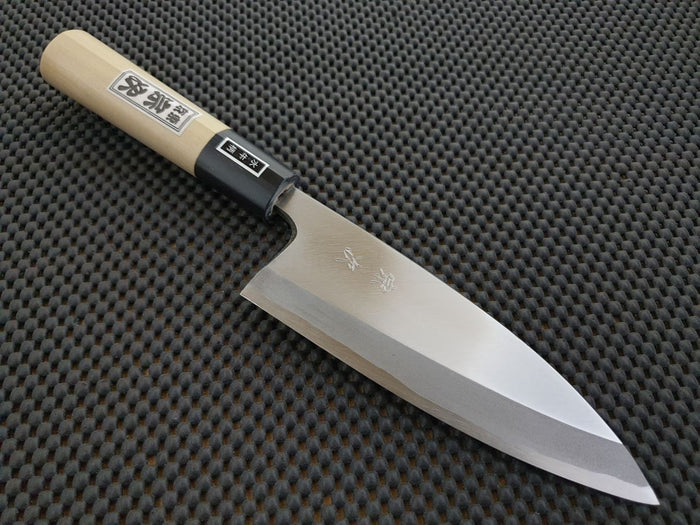HRC_64
Senior Member
- Joined
- Aug 8, 2017
- Messages
- 2,714
- Reaction score
- 595
I think its oversimple to think a couple strokes will turn a scandi V into a "convex" edge.
A real convex edge has metal where the V has already removed it, so "taking more metal away"
by blending V facets doesn't correct this problem...
Hope this makes sense, but this is why the mouspad etc work...
you neve get the V to start with that way...you have real convex.
Similar as you would never say a clamshell-sharpened double bevel (or single bevel),
is a "convex" grind in general (and not a wide bevel variation, etc)
the edge rolling style works also, though similarly... it helps to not over flatten ("V") the edge
before you start applying the method.
just my $0.02
A real convex edge has metal where the V has already removed it, so "taking more metal away"
by blending V facets doesn't correct this problem...
Hope this makes sense, but this is why the mouspad etc work...
you neve get the V to start with that way...you have real convex.
Similar as you would never say a clamshell-sharpened double bevel (or single bevel),
is a "convex" grind in general (and not a wide bevel variation, etc)
the edge rolling style works also, though similarly... it helps to not over flatten ("V") the edge
before you start applying the method.
just my $0.02








